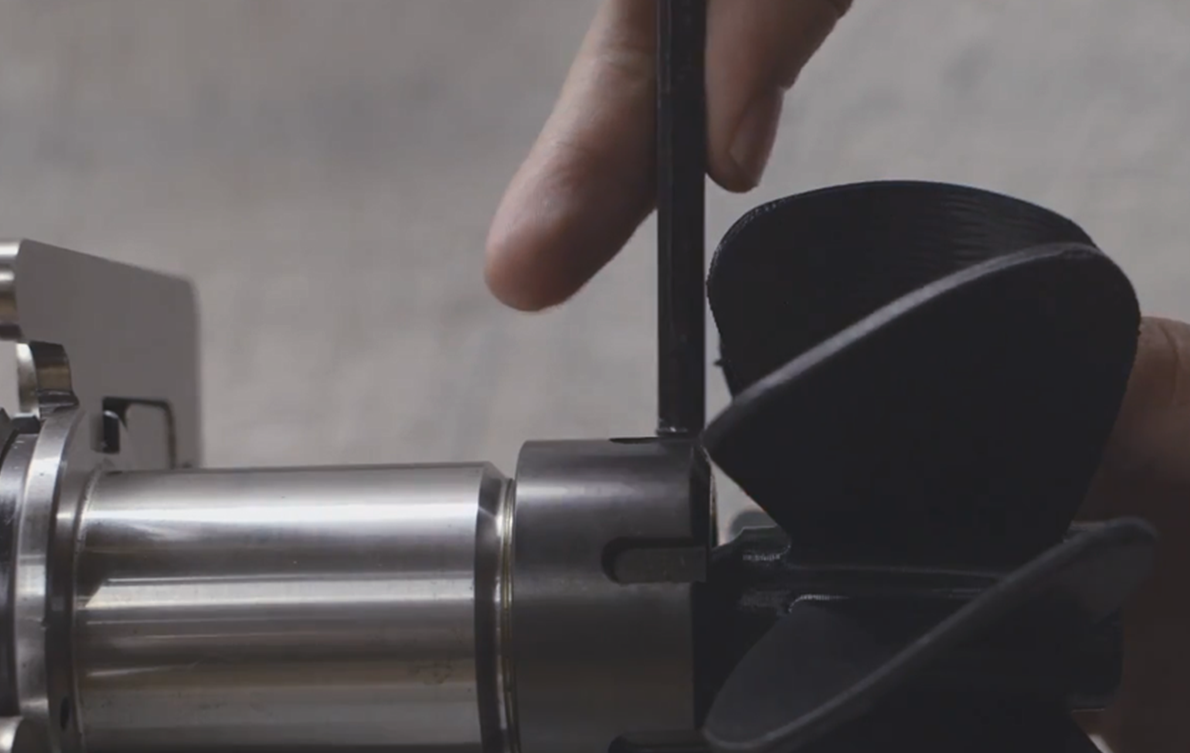Brooklyn-based additive manufacturer Makerbot has launched a carbon fiber edition of its METHOD 3D printer, its first desktop 3D printer designed specifically for the production of carbon fiber components.
Designed to enable customers to create stronger and more accurate parts, the new range expands on the machine’s compatible manufacturing materials. Targeting applications in metal end-use products and replacement parts such as manufacturing tools and fixtures, the carbon fiber edition is priced at £4,499. The system is expected to begin shipping in June 2020.
“With the launch of METHOD Carbon Fiber, we are making composite 3D printing more accessible to more users than ever before, and opening the door to new applications,” said Nadav Goshen, President and CEO of MakerBot.

Makerbot’s METHOD 3D printers
The original METHOD 3D printer was launched in December 2018, and marketed by Makerbot as “the first performance 3D printer,” and a mid-way point between the industrial FDM and personal desktop market.
Representing a departure from the niche hobbyist and consumer track it had been following since the company’s foundation in 2009, the printer was aimed at the professional and educational markets. The METHOD platform was then expanded in August 2019, with the launch of an upgraded machine, the Method X. Capable of supporting more challenging materials, the 3D printer’s 100°C Circulating Heated Chamber made it possible to process METHOD X Acrylonitrile Butadiene Styrene (ABS).
The thermoplastic was demonstrated to be 26 percent more rigid, and up to 12 percent stronger than modified ABS formulations used by competitors, in addition to withstanding 15°C higher temperatures. Because the METHOD is a line of dual extrusion 3D printers, METHOD X ABS could also be 3D printed simultaneously with SR-30, a soluble support material from Stratasys.
Makerbot continued to extend the range of filaments that were compatible with its systems in November 2019, launching the METHOD Materials Development Program and MakerBot LABS Experimental Extruder. The program aimed to advance the Makerbot systems’ print settings to enable customization and printing of high-temperature materials.

The new carbon fiber-ready 3D printer
Makerbot’s new Carbon Fiber Edition comes pre-configured with an updated composite extruder that is optimized to handle abrasive materials. Featuring hardened metal drive gears, a metal filament switch, and an interchangeable hardened steel nozzle, the component allows it to 3D print MakerBot’s nylon carbon fiber material.
Makerbot says the 3D printer’s heated chamber produces parts with an improved surface finish compared to previous models, especially when combined with the company’s new heated chamber annealing feature. The updated system allows users to print parts with complex geometries and an improved surface finish by using soluble or breakaway supports. The METHOD’s dry-sealed filament bays also help to keep the moisture-sensitive nylon carbon fiber material dry, resulting in better print quality and reliability.
Since the updated machine is able to reach a chamber temperature of up to 110°C, MakerBot plans to offer additional composite materials for the system, and release the composite extruder for previous iterations in the future.
Makerbot’s material update
Makerbot’s new carbon fiber provides a lightweight alternative to metal for structural applications such as vehicular brackets and inspection gauges. Due to its strong thermal and mechanical properties, the metal is often used in the automotive, and aerospace industries. Moreover, its strong thermal and mechanical properties allow companies to use it as a cost-efficient alternative to metals.
“Nylon carbon fiber is one of the most in-demand and exciting classes of materials. Its high strength, heat resistance, and stiffness properties make it ideal for printing metal replacement parts, helping reduce costs and increase overall efficiency for companies,” said Goshen.
The nominations for the 2020 3D Printing Industry Awards are now open. Who do you think should make the shortlists for this year’s show? Have your say now.
Subscribe to the 3D Printing Industry newsletter for the latest news in additive manufacturing. You can also stay connected by following us on Twitter and liking us on Facebook.
Looking for a career in additive manufacturing? Visit 3D Printing Jobs for a selection of roles in the industry.
Featured image shows the new Makerbot carbon fiber edition alongside its updated composite extruder. Photo via Makerbot.



